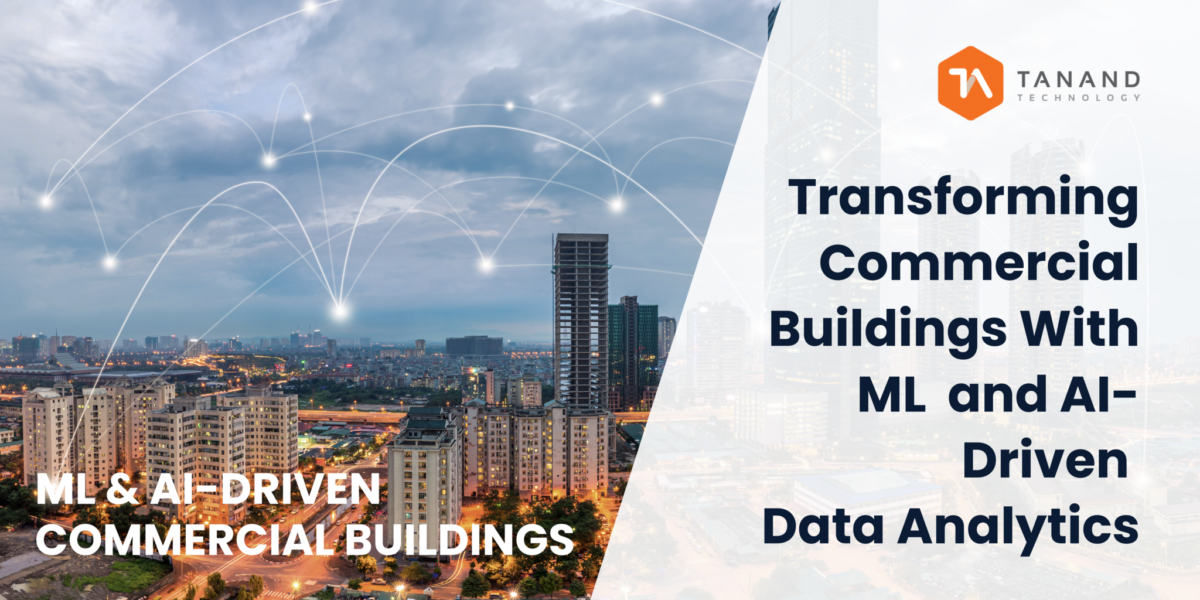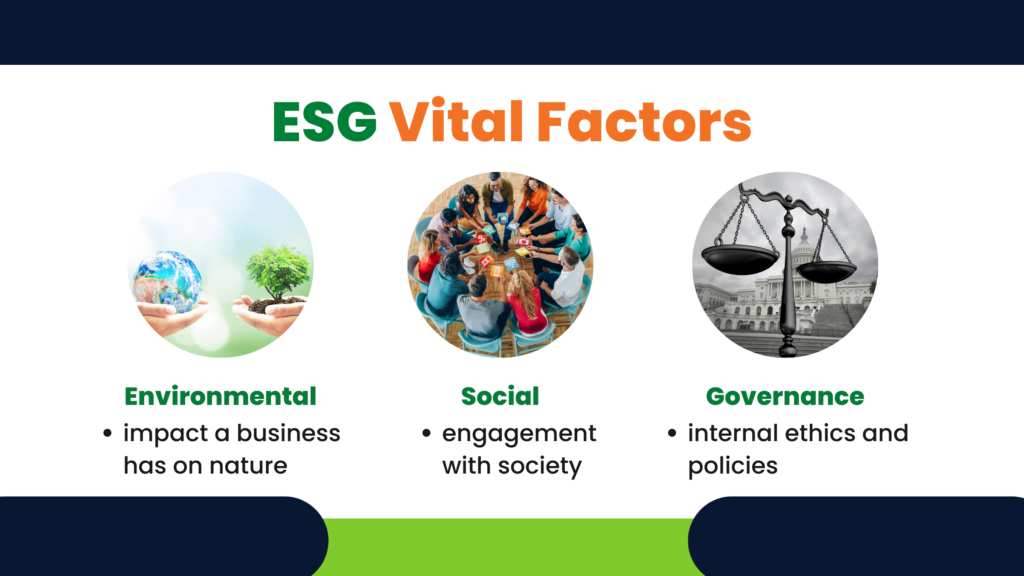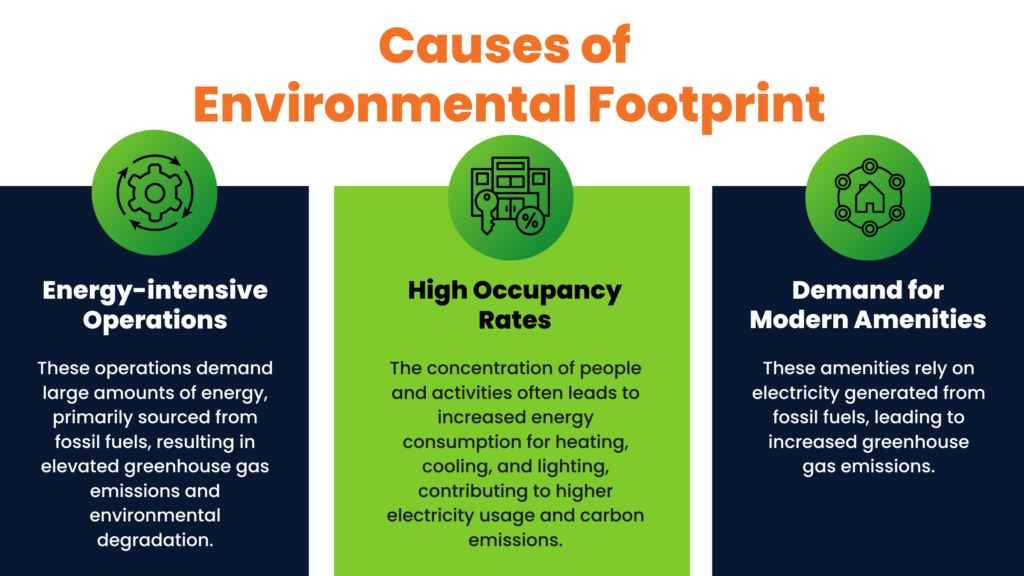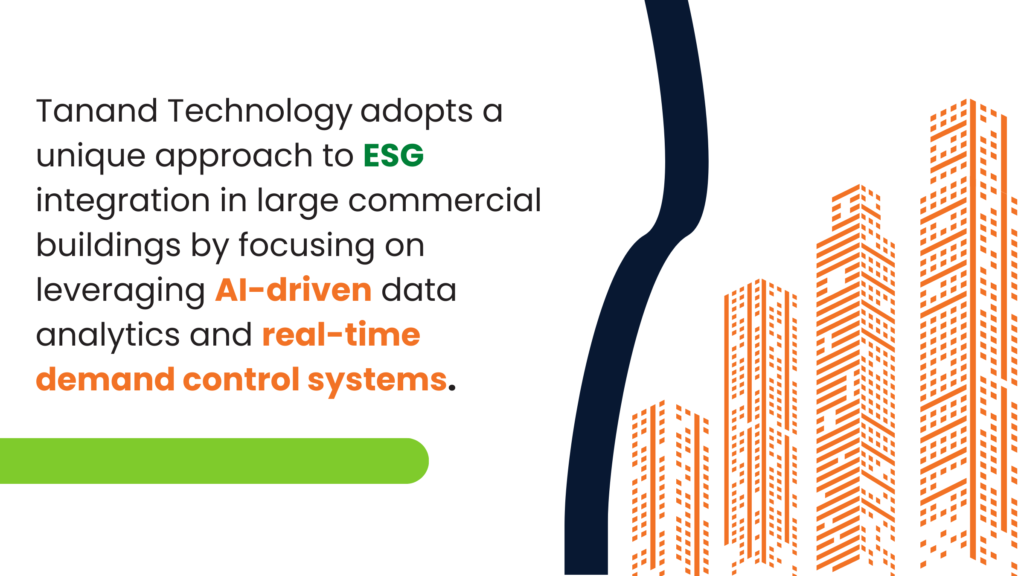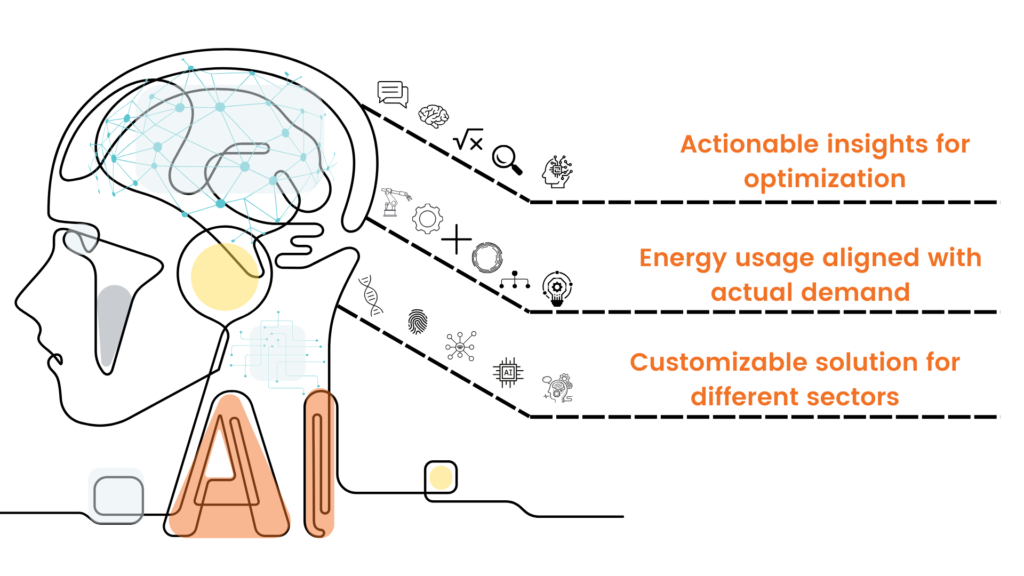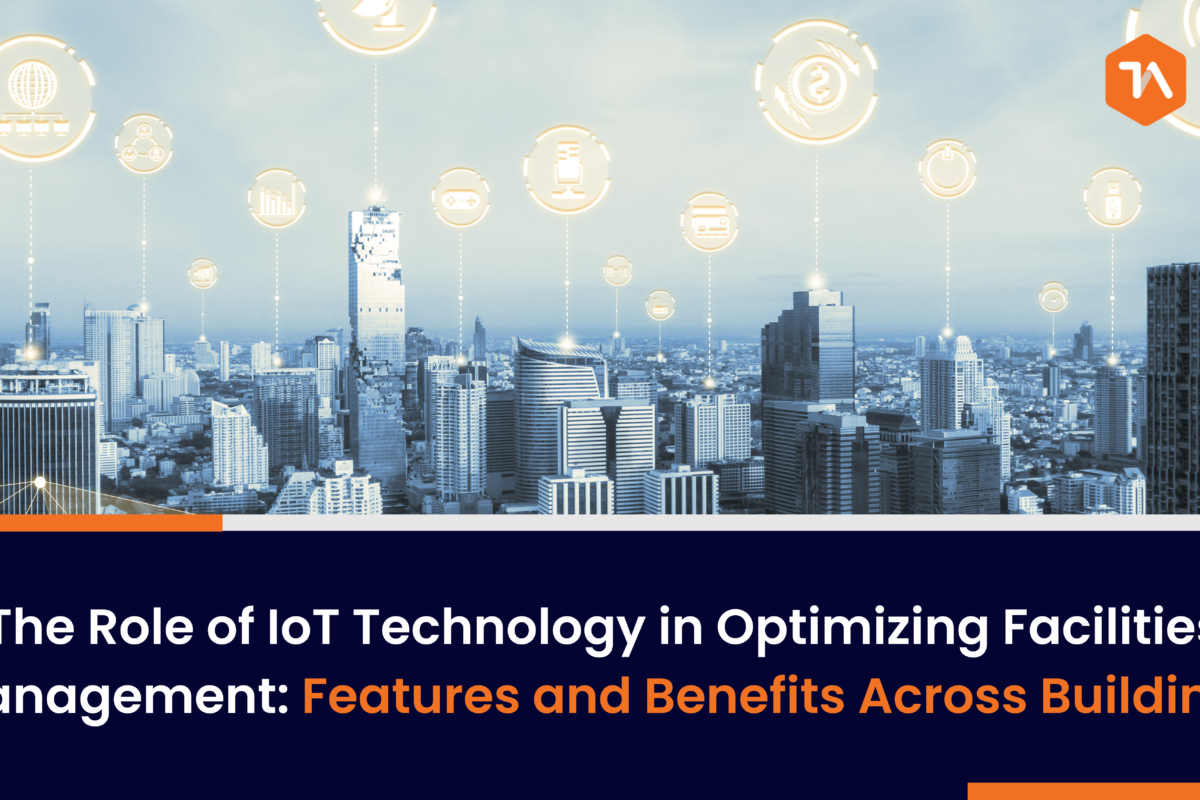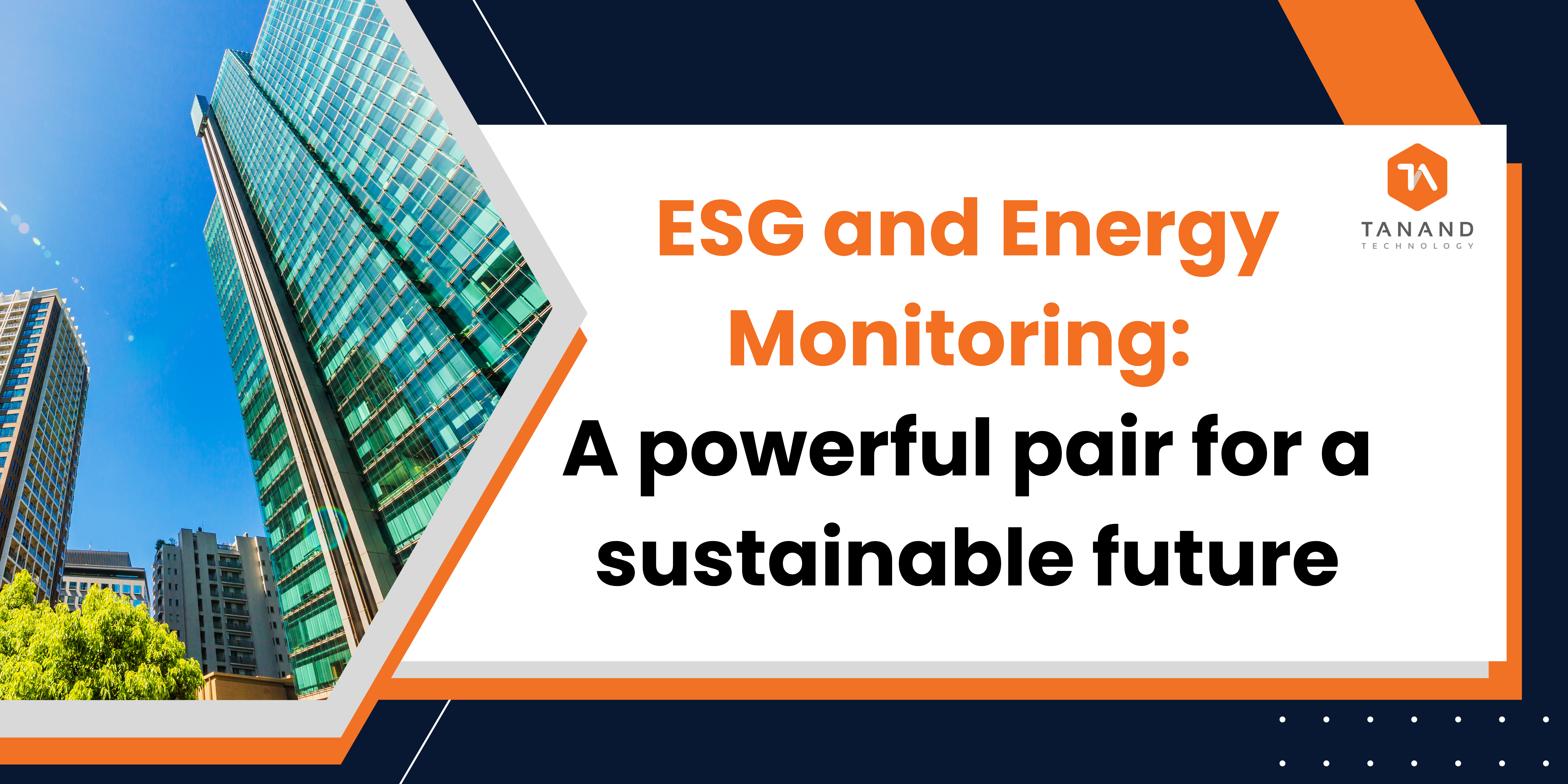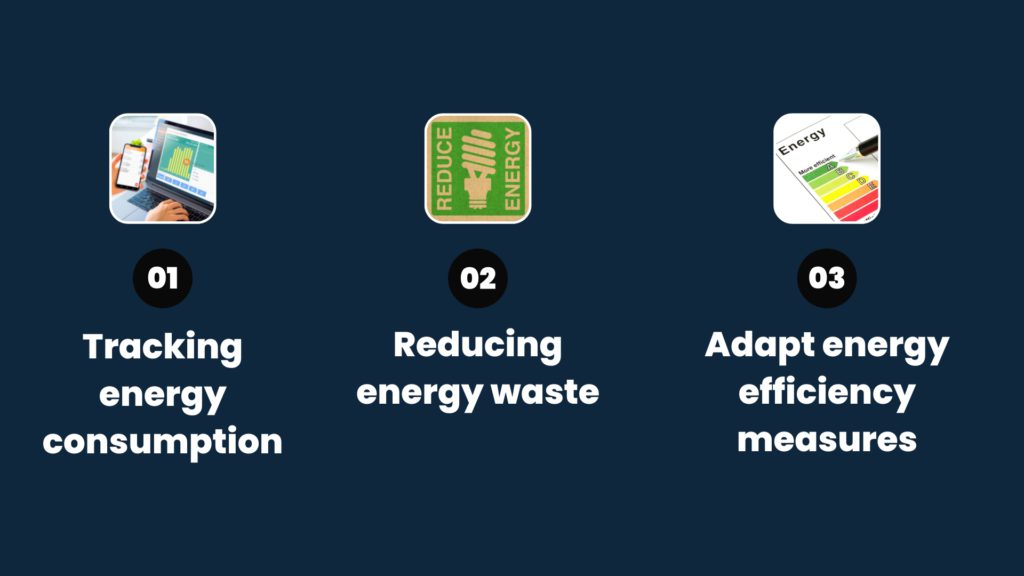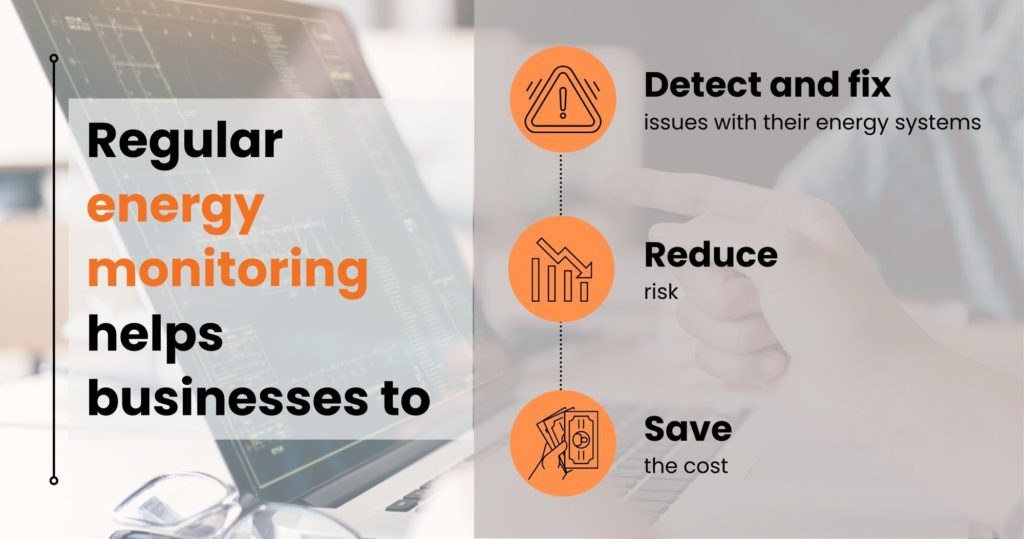DECEMBER 4, 2023 | REAL-TIME ENERGY OPTIMIZATION, MACHINE LEARNING (ML), ARTIFICIAL INTELLIGENCE (AI), DATA ANALYTICS, ESG SUSTAINABILITY
Introduction
The global call for environmental responsibility has reshaped industries, urging businesses to reevaluate their practices and minimize their ecological footprint. Among the sectors facing heightened scrutiny is the realm of commercial buildings, which have long been recognized as substantial contributors to energy consumption and environmental impact.
In this context, the fusion of Machine Learning (ML), Artificial Intelligence (AI) and data analytics has emerged as a game-changer, offering the potential to revolutionize energy optimization and transform large commercial buildings into beacons of environmental efficiency. This blog post delves into the profound impact of ML and AI-driven data analytics on environmental sustainability in commercial buildings, shedding light on how this synergy is reshaping the future of energy consumption.

Understanding the Environmental Impact
Commercial buildings stand as emblematic symbols of urban development and economic growth. However, this growth comes at a cost—large energy consumption, emissions, and resource depletion. Heating, cooling, lighting, and electronic equipment contribute significantly to the carbon footprint of these buildings. As the world acknowledges the urgency of reducing energy consumption and emissions, commercial buildings find themselves at a pivotal juncture.

ML and AI-driven Data Analytics: A Transformative Solution
The convergence of ML, AI and data analytics is redefining the way we approach energy efficiency in commercial buildings. These advanced technologies have the power to unearth patterns, correlations, and inefficiencies in energy consumption that would otherwise go unnoticed. ML and AI-driven data analytics offers several transformative benefits:
- Real-time Monitoring: AI-powered sensors collect real-time data on energy consumption, enabling instant responses to fluctuations and identifying anomalies.
- Predictive Insights: Advanced algorithms can predict energy consumption patterns based on historical data, enabling proactive adjustments to optimize efficiency.
- Data-driven Decisions: Data analytics provides actionable insights, empowering building managers to make informed decisions on energy usage strategies.
- Efficiency Optimization: ML and AI identifies wasteful consumption, enabling fine-tuning of HVAC systems, lighting, and other energy-intensive processes.

The Role of ML and AI in Energy Optimization
ML and AI-driven data analytics disrupts the conventional methods of energy management. It replaces guesswork with precision, assumptions with data-backed insights, and reactive responses with proactive strategies.
By continuously analyzing data streams, ML and AI identifies inefficiencies, irregularities, and potential areas for improvement. This real-time intelligence enables building operators to tailor energy consumption to actual demand, optimize equipment operation, and minimize energy waste.

Tanand Technology’s ML and AI-driven Data Analytics
Tanand Technology stands at the forefront of this technological revolution, offering ML and AI-driven data analytics solutions specifically designed for energy optimization in commercial buildings. Their platform combines cutting-edge AI algorithms with real-time data collection, enabling precise monitoring and analysis of energy consumption patterns. This synergy translates into tangible benefits for building owners and managers:
- Identifying Hidden Inefficiencies: Tanand’s ML and AI uncovers energy consumption patterns that might go unnoticed, identifying areas for improvement.
- Precision Optimization: The platform’s AI algorithms fine-tune energy consumption patterns for maximal efficiency.
- Cost Savings: By reducing energy waste, Tanand’s solution translates directly into cost savings over the long term.
- Sustainability Milestones: Tanand’s ML and AI-driven data analytics are instrumental in achieving sustainability goals and aligning with ESG principles.

Conclusion
ML and AI-driven data analytics has emerged as a transformative force, holding the potential to propel large commercial buildings towards a more sustainable future. By harnessing real-time data and AI algorithms, businesses can optimize energy consumption, reduce waste, and align with environmental goals.
Tanand Technology’s pioneering solutions exemplify the symbiotic relationship between cutting-edge technology and environmental responsibility. As we look ahead, it’s evident that ML and AI-driven data analytics will continue to be a cornerstone in the journey towards transforming commercial buildings into models of environmental efficiency, meeting both present and future challenges head-on.
Discover more about our success stories in driving sustainability and helping clients save up to 30% on energy costs by visiting our website today.

